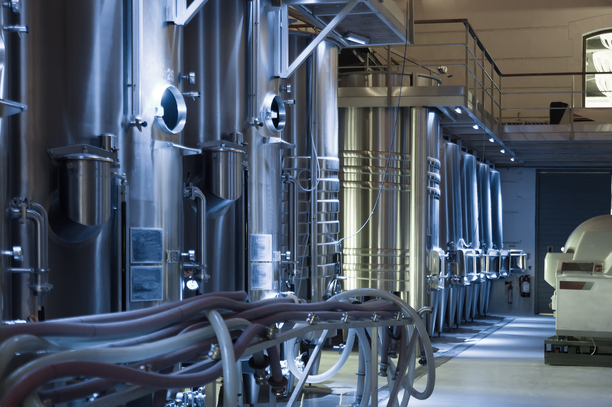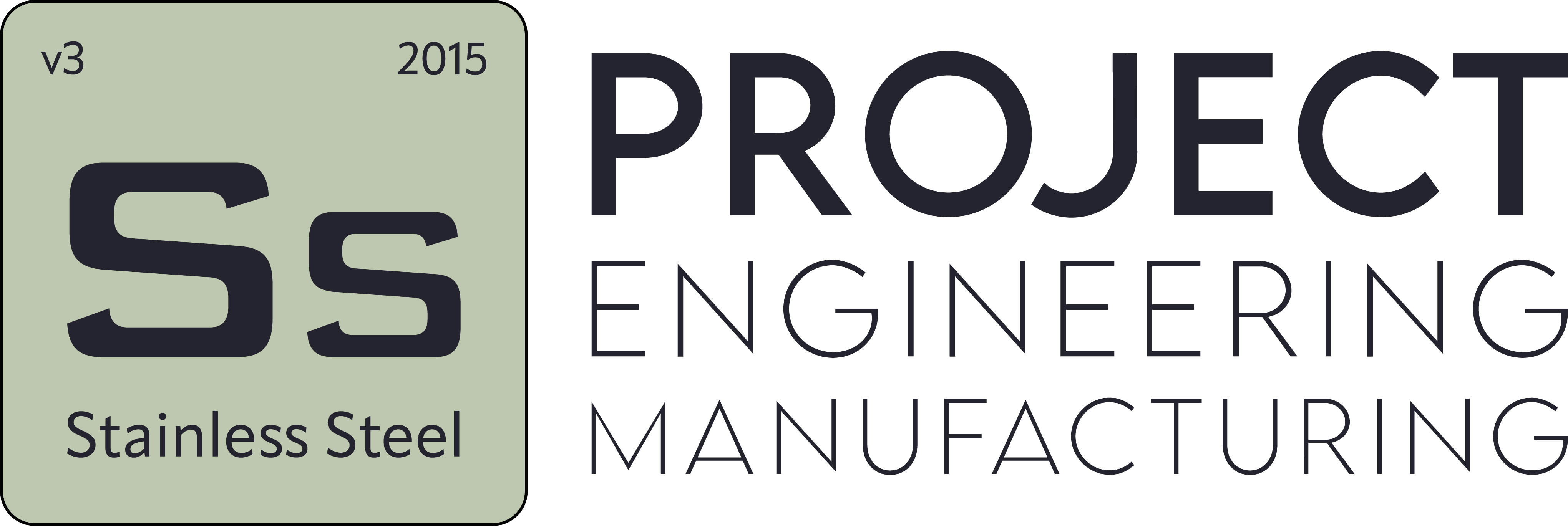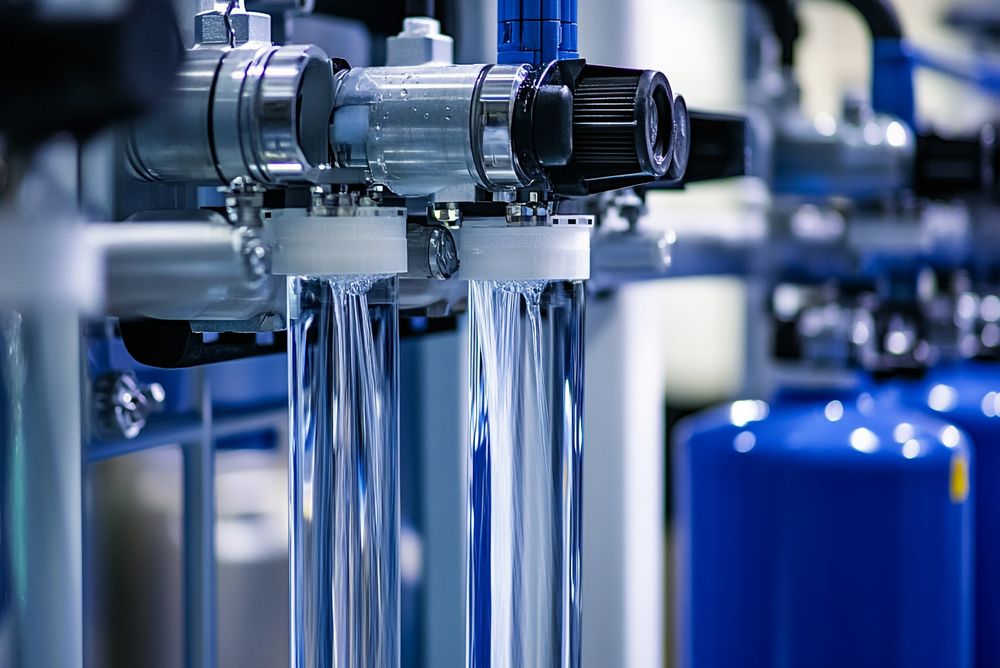Hygienic Piping Systems
- Blog
- Hygienic Piping Systems
Hygienic Piping Systems
What Are Hygienic Piping Systems and Where Are They Used?
Hygienic piping systems are specialized piping systems designed with surfaces in contact with products that are easy to clean, resistant to bacterial growth, and highly chemically stable. These systems typically use stainless steel (particularly AISI 304 and 316L grades), with inner pipe surfaces processed to maintain a low roughness level. Additionally, pipes are joined using clamped (tri-clamp) connections to ensure leak-proof seals and facilitate cleaning processes.
Hygienic piping systems are used in:
Food production facilities (milk, snacks, meat processing, etc.),
Pharmaceutical and biotechnology industries,
Beverage industry,
Cosmetics manufacturing facilities,
Production of cleaning and personal care products.
The primary goal of these systems is to ensure product safety, prevent microbial contamination, and enhance the efficiency of cleaning processes during production. Their compatibility with CIP (Clean-In-Place) and SIP (Sterilize-In-Place) systems allows for hygiene maintenance without halting production.
As SS Proje, we design and implement hygienic piping systems tailored to industry needs, adhering to international standards, and providing reliable infrastructure to support your production processes safely.
Which Materials Are Preferred in Hygienic Piping Systems?
Hygienic piping systems play a critical role in product safety and quality control, particularly in the food, pharmaceutical, cosmetics, and beverage industries. Therefore, the materials used must ensure ease of cleaning and possess high chemical and physical durability.
The most commonly used material is stainless steel. In particular, AISI 304 and AISI 316L grade stainless steels are frequently chosen for hygienic applications. AISI 304 meets general hygiene requirements, while AISI 316L is preferred in environments with aggressive chemicals or high corrosion risks. These steel types, with their smooth surfaces, prevent bacterial buildup and enhance the effectiveness of cleaning processes.
Additionally, gaskets and connection components use food-contact-safe elastomers such as EPDM, PTFE (Teflon), and silicone. These materials are resistant to heat and chemicals, ensuring the system’s leak-proof integrity.
As SS Proje, we carry out system designs using materials compliant with international hygiene standards, offering long-lasting and safe solutions. This ensures both quality and sustainability in your production processes.

Why Is Pipe Inner Surface Roughness Important for Hygiene?
One of the most critical technical details in hygienic piping systems is the inner surface roughness of pipes. This is because the surfaces in contact with liquid or semi-liquid products during production directly determine the hygiene level.
Rough surfaces provide a breeding ground for bacteria, microorganisms, and product residues at a microscopic level. Over time, this leads to contamination, product spoilage, and hygiene issues in the production line. Moreover, cleaning a rough inner surface is more challenging and requires more water and chemical consumption, reducing cleaning efficiency and increasing costs.
Hygienic pipes typically aim for low roughness values, such as Ra ≤ 0.8 microns. This level of surface smoothness prevents bacterial growth and allows for easy and effective cleaning with CIP (Clean-In-Place) systems.
As SS Proje, we place special emphasis on inner surface quality in piping systems, establishing safe, long-lasting, and trouble-free production infrastructure with surface roughness compliant with international hygiene standards.
What Are the Connection Methods for Hygienic Pipes?
The method of joining pipes in hygienic systems is critical for the system’s cleanability, leak-proof nature, and long-term hygiene performance. Therefore, connection methods are designed with much greater care compared to conventional systems.
Tri-Clamp (Clamped) Connections: The most common connection type in hygienic systems. In tri-clamp systems, two pipe ends are joined with a gasket and secured with a stainless steel clamp. This method allows for easy disassembly, offering quick cleaning and maintenance. It is ideal for systems requiring frequent assembly and disassembly.
Welded Connections: Highly reliable in terms of leak-proofing, this method reduces maintenance needs. However, the weld must be performed accurately, maintaining a smooth inner surface, and post-weld passivation processes must be thoroughly applied. It is preferred for permanent connections in stationary lines.
Threaded and Flanged Connections: Rarely used in hygienic systems. They are employed in limited cases for lines exposed to external environments or where disassembly is required. Surface contact must be minimized, and gasket materials must comply with hygienic standards.
How Is Leak-Proofing Achieved in Hygienic Piping Systems?
Leak-proofing in hygienic piping systems not only prevents liquid or gas leaks but is also crucial for preventing microbial contamination, facilitating cleaning processes, and ensuring product safety. In sensitive production areas like food, pharmaceuticals, and cosmetics, a hygienic leak-proof system is essential.
Leak-proofing is typically achieved with specially designed gaskets and connection components. One of the most common methods is the tri-clamp connection system. In this system, a hygienic gasket (usually EPDM, PTFE, or silicone) placed between two pipe ends, combined with a stainless steel clamp, creates a high-pressure-resistant, leak-proof structure. Gaskets are selected from FDA-approved, food-contact-safe materials.
Additionally, welded connections also provide leak-proofing; however, care must be taken to ensure the inner surface smoothness is not compromised post-welding, and the passivation process must be correctly applied. This process eliminates potential corrosion risks in the weld area and restores the pipe surface to a passive state.
How Should Maintenance and Cleaning Processes Be Conducted in Hygienic Piping Systems?
Regular maintenance and cleaning are vital for the efficient, safe, and healthy operation of hygienic piping systems. In sensitive industries like food, pharmaceuticals, and cosmetics, even minor cleaning oversights can lead to microbial contamination risks. Therefore, maintenance and cleaning processes must be planned, controlled, and conducted in accordance with standards.
Cleaning in hygienic piping systems is typically performed using the CIP (Clean-In-Place) method. This system allows pipes to be cleaned automatically with chemicals and hot water without disassembly. The cleaning cycle includes rinsing, washing, disinfection, and final rinsing steps. CIP systems save time and minimize human error.
The maintenance process involves checking gaskets, ensuring the tightness of connection components, testing valve leak-proofing, and inspecting pipe inner surfaces for potential residues or deformations. Periodic inspections help maintain the system’s hygiene level and prevent failures.


